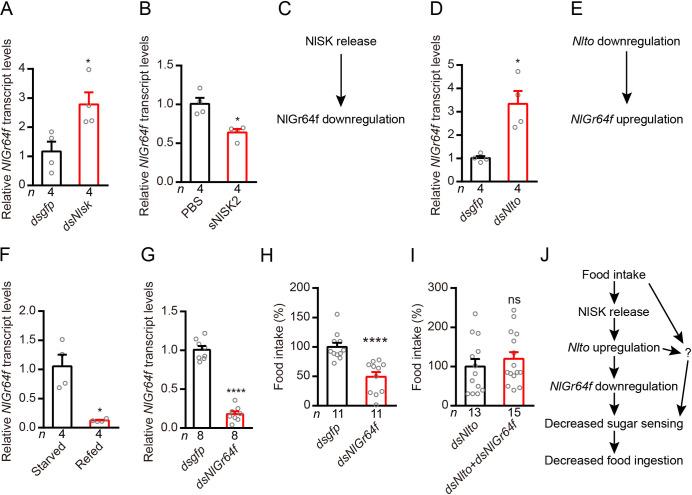Fig 4. Sulfakinin inhibits expression of the sweet gustatory receptor Gr64f, which promotes food ingestion in the rice planthopper.
(A) Downregulation of Nlsk gene using Nlsk-RNAi (dsNlsk) leads to up-regulation of transcript of sweet sensing NlGr64f. *p < 0.05; Mann–Whitney test. (B) Injection of sNlSK2 leads to down-regulation of NlGr64f gene. *p < 0.05; Mann–Whitney test. (C) Model showing that NlSK inhibits NlGr64f expression. (D) Downregulation of Nlto gene using Nlto-RNAi (dsNlto) leads to up-regulation of transcript of sweet sensing NlGr64f. *p < 0.05; Mann–Whitney test. (E) Model showing that Nlto inhibits NlGr64f expression. (F) Refeeding for 5 hr after 24 hr starvation decreases NlGr64f transcript. *p < 0.05; Mann–Whitney test. (G) Downregulation of NlGr64f gene using NlGr64f-RNAi (dsNlGr64f) leads to a reduction in mRNA expression level. ****p < 0.0001; Student’s t test. (H) Downregulation of NlGr64f gene decreases the food intake of brown planthopper. ****p < 0.0001; Mann–Whitney test. (I) Double knockdown of Nlto and NlGr64f does not rescue the increased food consumption seen with Nlto knockdown alone. All data are presented as means ± s.e.m. ns, no significant difference; Student’s t test. (J) Simplified model showing that the feeding state regulates SK signaling which in turn modulates Nlto and NlGr64f signaling (sweet sensing) and thereby feeding. The question mark indicates one or more possibly additional signals.

